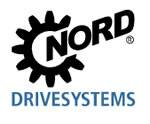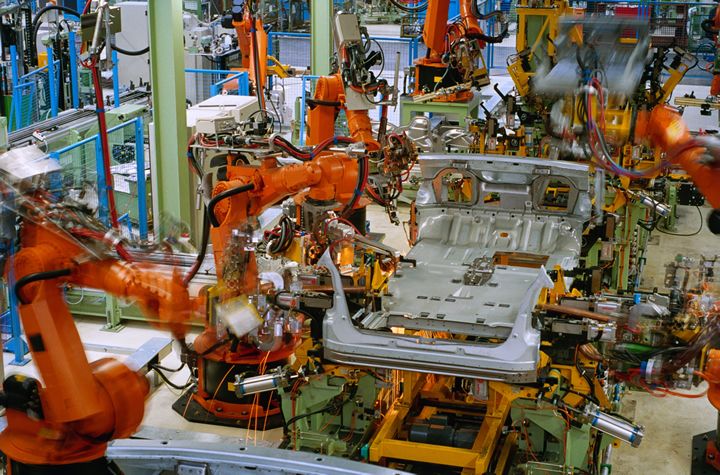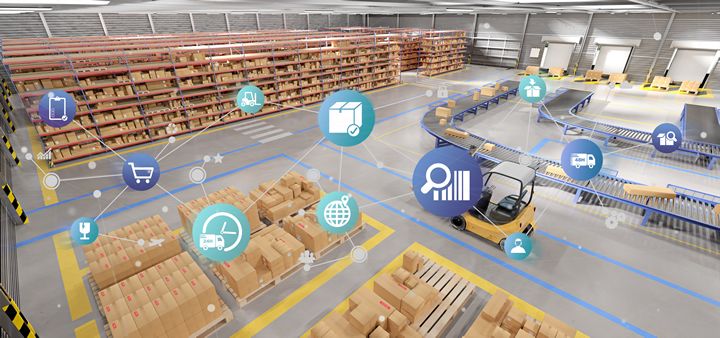Beyond the Camera: Network Choices that Impact Machine Vision Systems
As automation accelerates, understanding the network that connects hardware with software will help ensure that machine vision systems operate at their full potential.
Prioritizing Network Investment in Manufacturing
Industry 4.0 is driving major gains in efficiency, automation, and innovation. But there's a flip side: That progress depends on fast, secure, always-on connectivity. Manufacturing, in particular, is an interesting case study.
BOOSTING OIL PAD OUTPUT WITH COMPREHENSIVE PIPE CORROSION MONITORING
Corrosion and erosion gradually reduce pipe wall thickness, increasing the risk of leaks or catastrophic failures-jeopardizing personnel safety, environmental protection, and asset integrity.
Benefits and Applications of IO-Link Wireless in the Food Industry
With IO-Link Wireless, food manufacturers and distributors can optimize their processes and stay ahead of the competition. The CoreTigo team provides a comprehensive look at how this works in a real factory setting.
Penn Waste Inc. Minimizes Machine Downtime and Improves Efficiency
Penn Waste realized that it needed an advanced wireless solution combined with smart sensors that would deliver accurate, reliable and continuous real-time data for predictive maintenance.
Shaping the Future-Proof Warehouse through Smart Connectivity
Future-proofing warehouse operations will require smart connectivity and specifically scalable, fluid network capacity and a new way of thinking about the invisible network that keeps the robots rolling in the warehouse of tomorrow.
Combining the Best of Both Worlds: Laying the Hybrid Network Foundation for a Smart Factory
Harnessing the full potential of these next-generation solutions demands a robust communication network capable of transporting vast amounts of data from the factory floor to the data center's IT infrastructure.
What is "Platform as a Service" and How Does it Improve Efficiencies in IIoT Ecosystems?
With each new IIoT device brought to market, manufacturers spent untold amounts of time and money making it live up to its potential. Time and again, they were building and rebuilding the same technology to enable data-based decision making, miles away from the device itself
Breaking down Walls to Build e-Factories
Thomas Burke, Global Strategic Advisor at CC-Link Partner Association (CLPA), looks at how industrial automation vendors, machine builders, and end users can futureproof robotic systems with value-adding network technologies.
Why smart interconnection is essential for building the factories of the future
Today, the super-high bandwidth and low latency of 5G have tremendous potential to transform all industries, especially manufacturing. They need intelligent networks to ensure manufacturers get the most from their 5G campuses.
Serving IoT Needs with Cassia Networks and Soracom
One factor that can complicate an IoT application is the crowding that may occur when many connected devices occupy the same area. To help corral all of these signals, many organizations opt to deploy Bluetooth gateways to help connect their IoT devices to the cloud.
Increasing Rural Broadband Can Help Rural Manufacturers Compete
Rural manufacturing's comparative decline is multifaceted, but the solution may not be. One of the most impactful distinctions between today's most and least competitive manufacturers is access to reliable, high-speed internet.
Interwire 2021 Trade Exposition - Industry 4.0 in Wire Manufacturing
Industry 4.0 is truly the future of manufacturing. Automation, robotics, machine learning, and data analytics are just a few examples of how the fourth industrial revolution affects the way wire and cable is made and how well companies compete on the world stage.
Benefits of VFD Cables Over THHN
Cables with the proper shielding, i.e. foil plus braided shield or semi-conductive fleece with foil and a braid shield, prevent the VFD system from radiating electrical noise that can interfere with the surrounding networking, wireless communication, and industrial devices.
Increase Security and Control Costs During Network Upgrades
While COVID-19 may have many legacies, one of them will definitely be an explosion in the amount of network capacity required. Most enterprises are experiencing the need for increased network capacity.
Records 1 to 15 of 23
Featured Product

Datanomix Production Monitoring
Datanomix Production Monitoring delivers instant visibility into your shop floor performance. Through real-time alerts, simple machine connectivity, and our kick-ass coaching, you'll catch inefficiencies early, align your team with meaningful metrics, and respond faster to issues before they escalate. The software adapts without operator input and works out of the box with purpose-built Tracks (Efficiency, Delivery, Tooling, and more). Production Monitoring arms you with the data to make more, waste less, and lead with confidence. And while real-time visibility keeps you sharp in the moment, historical insights ensure you're learning from the past to drive ongoing continuous improvement.
Manufacturing and Automation - Featured Company

NORD DRIVESYSTEMS
With four production facilities in the Midwest, on both coasts, and in the South, NORD is prepared to serve you with some of the shortest lead times in the industry. We house extensive component inventory, allowing us to assemble and ship 25% of all standard product orders same or next day!















